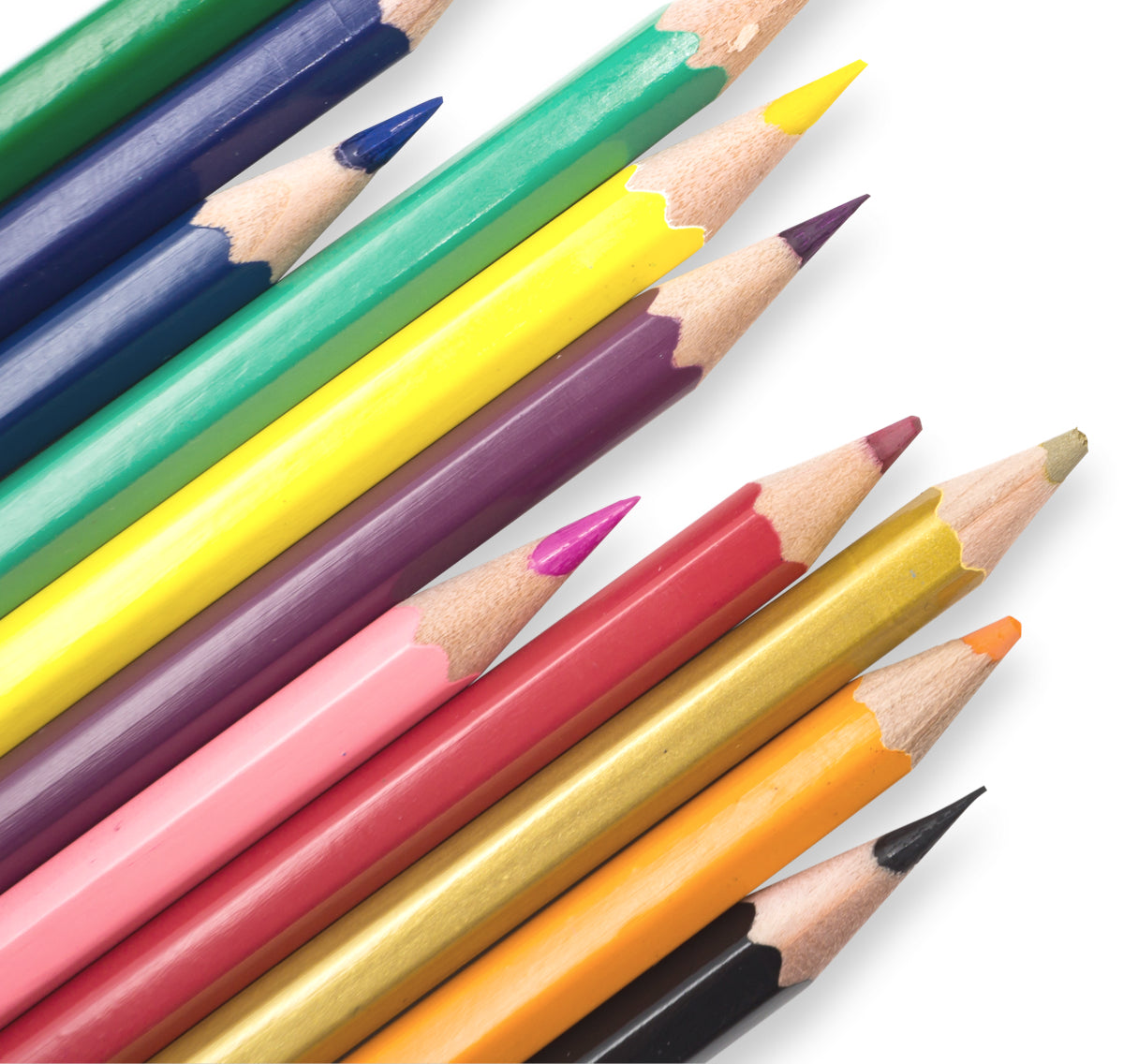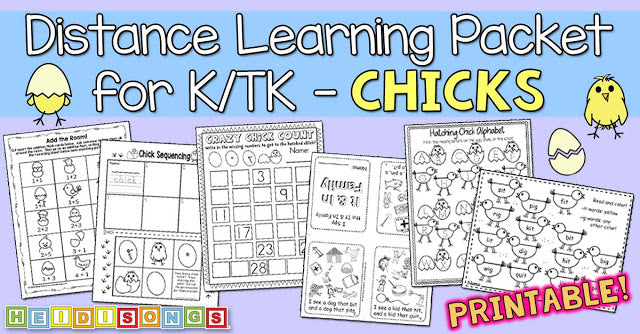

I bet most teachers already know that informational print is an important component of the Common Core State Standards for Language Arts. Children are supposed to begin developing the skills they need to read and understand informational texts as early as Kindergarten- maybe even sooner! But since the typical beginning reader’s skills and vocabulary in print are usually quite limited, how can we help children begin to tackle the job of reading for information? In this post, I am going to tell you how I taught my kindergarten students to listen to, read, and comprehend informational print, and how I prepared them for my own district’s tests that were based on the Common Core skills associated with informational print. It was actually a whole lot of fun, and after we did it once, I had wished that I had made more time for it in the school year!
One thing that research tells us makes a big difference in comprehension of informational print is the reader’s background knowledge of the topic. So I gave my kids hands on science lessons on the topic that we were going to read about in that informational print book! During those lessons, I front loaded the important new vocabulary and concepts that they would encounter in the book by emphasizing it in my science lesson.

Think about it! Let’s suppose two adults take a reading comprehension test. One is an auto mechanic, and the other is a teacher. Which one do you think would score higher on a reading comprehension test if the passage was taken from a manual on how to repair a Mercedes Benz engine? Which one would do better if the reading passage were on educational issues with the Common Core? Background knowledge makes a HUGE difference in a person’s reading comprehension- and therefore listening comprehension as well.
As many of you know, I am on a leave of absence this year, but my former district’s Common Core based expectations for informational print were that kindergarten children would be able to listen to the book read aloud and then be able to reach the goals below:
Kindergarten Objectives for Reading or Listening Comprehension of Informational Print:
– Identify the topic of the book.
– Give one or two details about the topic.
– Answer some questions about a couple of important new vocabulary words that were introduced in the text. Examples: “What is pollen?” “What do butterflies do with it?” What are antennae? What are they for? “What is nectar? “What do you call a baby butterfly?” What does the caterpillar sleep in when he is changing into a butterfly? (As I recall, I think children had to answer two questions such as these.)
– Ask a question of their own about the topic.
Naturally, if I were to read a book like the one in the picture “cold” to the kindergartners and simply start pulling them to the back of the room and asking them oral questions individually, things might not go so well! And I am the type of person that wants my kids to do WELL on these kinds of things, so I tend to approach them methodically. So I made a plan, and this is what I did.

Given the objectives that we had, I created a developmentally appropriate, hands on science lesson that would include experiences with the children acting out the life cycle of the butterfly, wearing antennae and wings, drinking nectar, and collecting “pollen” (Fun Dip!) out of plastic flowers with their tongues! I purchased some plastic flowers on sale at a craft store, and washed them well. I got one flower for each child, so there would be no reason to have to SHARE the flowers that they would be licking- (ewww!)

My Lesson Plan
– First, I read the book to the whole class. I told them to play close attention, because we were going to do some fun butterfly themed activities when we were done. We talked about what we might like to learn about butterflies.
– I had the entire class as a whole group act out hatching from eggs as caterpillars, crawling around like caterpillars, making a chrysalis and sleeping in it, and then coming out as butterflies!
– Later, in a small group setting during our rotation, I turned one of my four center stations into a science center where the children could wear wings and antennae headbands, and taste some pretend nectar and pollen right off of some plastic flowers!
– We encouraged the children to use the new associated vocabulary words and talk about what they were doing at that center in complete sentences.
– We re-read the informational book to the children again the next day, checking for understanding and discussing the text.

Here are some more details about how we made this lesson work:
First of all, I planned this lesson on a day that I knew I had a parent volunteer. I made seven very simple headbands in advance with pipe cleaner antennae for the kids to wear just while they were at that table- (enough for one per child.) Yes, the children could have made their own, but to me it just didn’t seem worth the time.
I had just one set of butterfly wings in my costume box, so I drew a name from my cup and chose one child per group to wear the wings. The rest of the kids just had to “deal with it.” I didn’t know how that would go over, but it turned out to be no problem, thankfully! It would have been fun to have used the wings that they made out of huge coffee filters (see the picture below,) but I couldn’t figure out how to attach them to their bodies!

Then, I had the parent helper give each child a clean plastic flower and one package of Fun Dip! The children sprinkled the fun dip onto the inside of the flower, and then tried to use their tongues to pull out some nectar from the flower! We talked about how the butterflies would pull nectar out of the flower and eat it, and then collect pollen. They pulled nectar out with their tongues, and then used their fingers to collect the “pollen” (which was also the Fun Dip,) and then we talked about how the butterflies would spread it from flower to flower throughout the day. I wish I had thought to ask parents to donate some containers of real nectar from the grocery store so that the children could have tasted it; I didn’t think about it at the time! It would have been better to differentiate between the nectar and the pollen, but oh well.

In order to reinforce the academic vocabulary, I had the parent volunteer continually ask the children to identify what was supposed to be in the flowers (pollen and nectar) and what they were wearing on their heads (antennae). The children were also asked to tell what the antennae were for.
Once the children finished this activity, I waited until the next day and then re-read them the book, because by then we were out of time! In a perfect world, I would have had two different books on butterflies with nearly the same content, and would have read one simple book before the project, and the harder book after. They would have had a much better chance of comprehending, enjoying, and appreciating the second, more complex text after having done the activity, don’t you think? We could have compared the two texts and discussed the differences between the two in addition to simply learning the content about the butterflies. But I didn’t think of that until too late! Oh well, next time!

Another great addition to this lesson would be some multi-media. I would head on over to YouTube and see if I could add a few great caterpillar and butterfly videos to my playlists, and then show them to the children. (Want to see what is on my own personal YouTube playlists? The ones that I use in my own classroom for content area teaching? You can easily follow “the real me” on YouTube by clicking on the places indicated below, too! By the way, if you haven’t subscribed to our HeidiSongs channel on YouTube, you might want to do that now! You’ll get an email update each time we upload a new movie so you don’t miss out on a thing.

———————————-
Follow me! Did you enjoy this post? Do me a favor and share it with your friends! And follow this blog by signing up email updates, or follow on Bloglovin’, or follow me on TPT! I’m also on Pinterest, Facebook, Twitter, Instagram, Google+ and YouTube, too! Don’t forget to sign up for our email newsletter (on the left sidebar) for special deals and promo codes that you won’t find out about anywhere else.
















